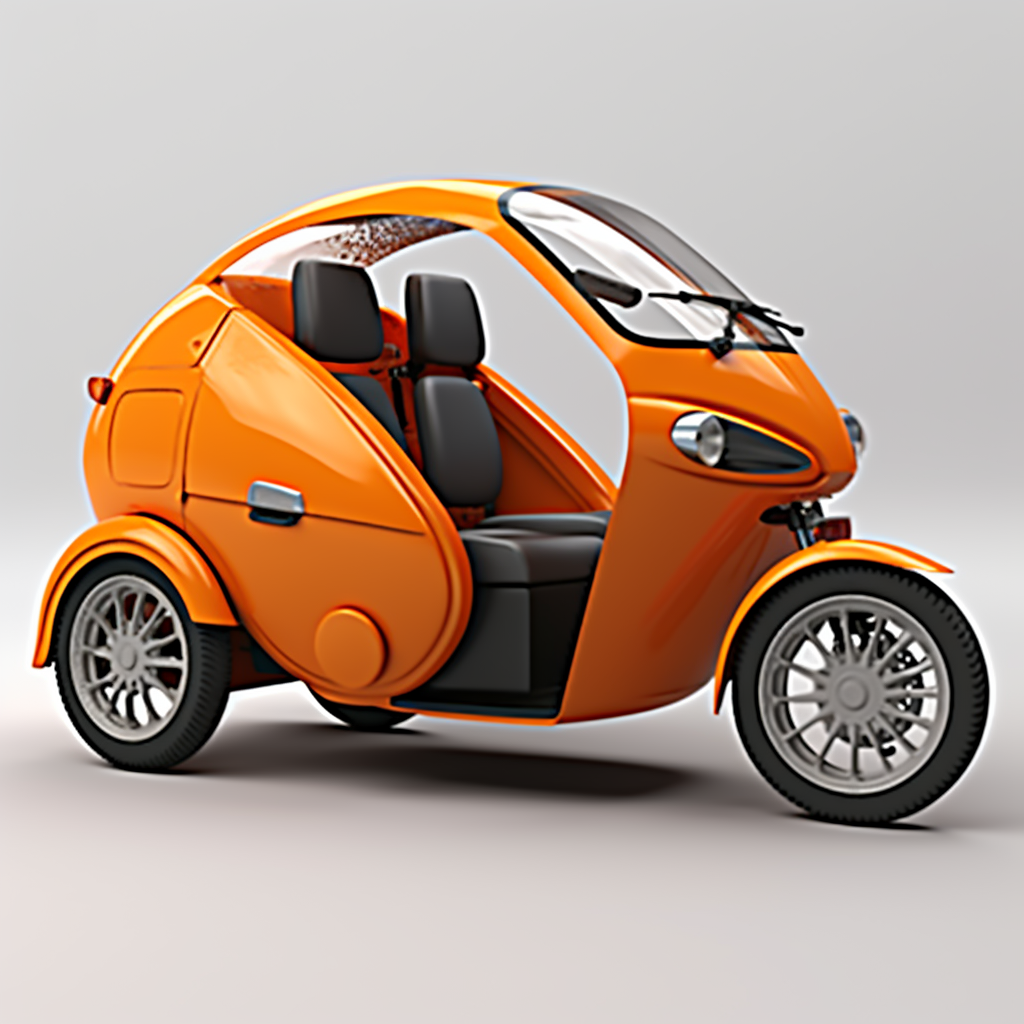Selecting the right enclosed personal vehicle for daily commutes
Choosing an enclosed personal vehicle for everyday travel involves balancing protection from weather, compact size for city streets, and electric powertrains for sustainability. This article explains practical design, safety, accessibility, and charging considerations to help commuters compare options and decide what suits their routines and local conditions.

Enclosed personal vehicles offer an alternative to traditional two-wheel scooters and cars by combining protection, compactness, and efficiency for daily urban commutes. When assessing these small vehicles, consider how they fit into your travel patterns, local infrastructure, and climate. Key factors include ergonomics and accessibility for varied users, battery performance and charging convenience, weatherproofing for year-round use, and safety systems appropriate for dense traffic. This guide breaks down those elements so you can compare options based on real commuting needs rather than marketing claims.
How does enclosed design affect daily commutes?
An enclosed cabin changes the commuter experience by providing shelter from wind and rain, reducing direct exposure to cold or sun, and offering a quieter ride in traffic. Enclosed vehicles are typically more aerodynamic than open scooters, which can improve energy use on longer urban trips. For crowded streets, compact dimensions matter: a narrower footprint helps with lane filtering and parking, while still allowing for storage of a helmet or a small bag. Consider how door width, step-in height, and visibility align with frequent stops and curbside access on your usual routes.
How does micromobility fit urban transport?
Micromobility includes a spectrum of small personal vehicles that prioritize short-distance transport and reduced urban congestion. Enclosed units sit between traditional scooters and small cars, offering personal mobility while occupying less road and parking space than a typical automobile. For city planning and riders, these vehicles can complement public transport by covering the first and last mile of a commute. Evaluate local regulations and available parking or charging infrastructure to determine whether an enclosed micromobility vehicle will integrate smoothly into your daily travel patterns.
What electric and battery factors matter?
Battery capacity, energy density, and the vehicle’s electric drivetrain determine range and recharge times, both critical for daily commuting. Look beyond headline range numbers: consider real-world range in urban stop-and-go traffic, the effect of heating or cooling the cabin, and battery degradation over time. A battery management system and easily replaceable modules can extend usable life. Charging options—such as standard household outlets versus dedicated Level 2 chargers—affect convenience; commuters who can charge at home or work will have more consistent availability than those relying solely on public chargers.
How does weatherproofing and safety compare?
Weatherproofing is a core benefit of an enclosed vehicle: sealed cabins keep riders dry and insulated, which improves comfort and reduces distraction during stressful commutes. Safety systems should include structural protection around occupants, reliable lighting, mirrors or camera-based visibility aids, and stable braking tuned for the vehicle’s weight and center of gravity. Consider passive safety (frame strength, crumple zones if present) and active features (ABS braking, traction control) that help maintain control on wet or slippery surfaces. Visibility to other road users matters as much as occupant protection.
How do accessibility and ergonomic design help?
Accessibility covers ease of entry and exit, seating comfort, controls reachable for different body types, and accommodations for riders with limited mobility. Ergonomic layout reduces fatigue during repeated short trips, with adjustable seating position, clear instrument displays, and intuitive control placement. Storage and cargo placement should not compromise balance or handling. For multi-user households, modular seating or adjustable pedals/controls increase usability. Prioritize models that provide a low step-in height, wide door opening, and straightforward ingress for frequent stops.
What about charging, compactness, and sustainability?
Compact vehicles are easier to park and maneuver in dense urban areas, but compactness must be balanced against battery size and occupant comfort. Sustainable design covers electric powertrains, materials selection, and energy efficiency: lightweight construction and regenerative braking improve range while lowering environmental impact. Charging behavior—overnight home charging, workplace access, or intermittent public charging—influences total cost of ownership and daily readiness. Investigate whether batteries are recyclable or offered with take-back programs to reduce lifecycle environmental impacts.
Choosing an enclosed personal vehicle for commuting depends on matching vehicle attributes to your route lengths, local infrastructure, and personal needs for accessibility and comfort. Prioritize verified range under realistic conditions, practical ergonomic features for frequent use, and safety systems suited to urban environments. Consider charging convenience and how weatherproofing affects year-round reliability. By focusing on measurable performance and everyday usability rather than marketing terms, commuters can select a compact, sustainable transport solution that fits their routine.






